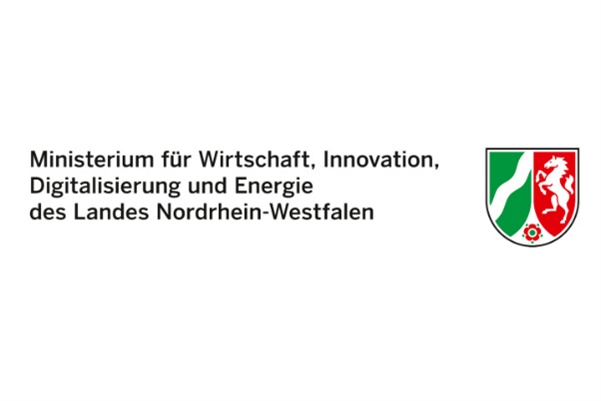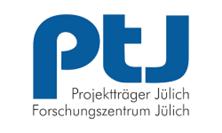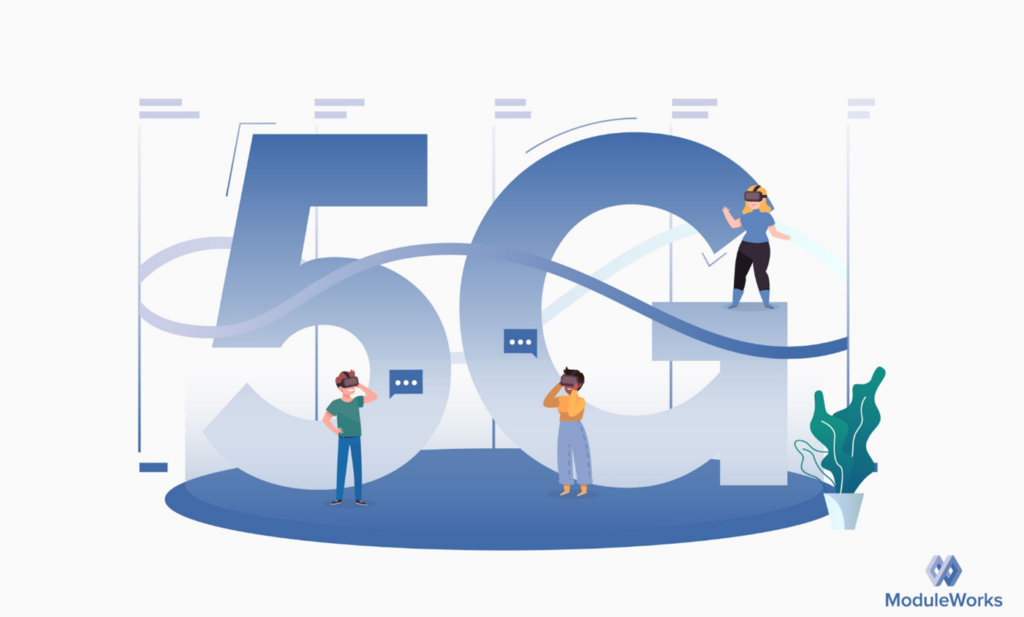Maximizing the productivity and flexibility of blanking


The project “Vitamine_5G” is funded by Ministry for Economic Affairs, Innovation, Digitalisation and Energy of the State of North Rhine-Westphalia and the project management Jülich under the project no.: 2108gif020b.
Details
The project “Vitamine_5G” wants to meet the challenge of making additive manufacturing more accessible and observable by developing a virtual reality environment for machine operators. Since slight latencies and jitter are already problematic both for the ease of use of the operator as well as the monitoring of the process itself, a low-latency and jitter-free transmission is crucial for its implementation. This need can be fulfilled for the first time using 5G data transmission. This technology allows to overcome the problem of gaining insights into hard-to-access additive laser processes by visualizing ongoing production processes which enables either adjusting the process or showing the root cause of defect manufacturing. The results of the project are a deeper understanding of 5G and its advantages on one hand, and on the other hand, a new machine concept based on virtual reality that exceeds current practices in laser-based additive manufacturing.
Additive manufacturing is one of the younger production technologies as it started in the 1980’s. Since then, the technology has gained attention both in academic research and industrial practice. In production engineering, the technology takes a central role as it can be used throughout the entire product life cycle, from initial production to post processing and repairing. Despite these achievements, the establishment of the technology is still pending because it requires conventional modes of production to be reconsidered.
This reconsideration is the pivotal point of the project “Vitamine_5G” as it aims to improve the ability to control and monitor production processes by transferring a visualization of production onto a virtual reality headset. Such a visual transfer has not yet been realized because the incoming data would be too big to be reasonably processed and transferred without major latencies and jitter. Latencies and jitter in turn cause cyber sickness, also commonly referred to as motion sickness, for the operator of the device and hinder the ease of use.
5G is a network standard that has already raised expectations around the speed and quality of transferred data. This technology might not only revolutionize telecommunication, but also additive manufacturing. With the use of 5G in virtual reality applications for additive manufacturing, a transfer that is low-latency and jitter-free is for the first time feasible.
The aim of the project is the development, validation and evaluation of a holistic monitoring and exploring system in full immersion. To develop such a system, data from different sources is aggregated, analyzed, and enriched. Furthermore, visualizations and possibilities for interaction are displayed on a virtual reality headset.

However, the virtual reality device alone will not cause a reconsideration of conventional processes since industrial practice is based on reliable, fast, and repeatable routines. Contrary to this, additive manufacturing still relies on experienced specialists for the development and production of components. This is especially true for the chosen use case, laser additive manufacturing.
Apart from that, additive processes often require adjustments. This problem is amplified for laser additive manufacturing since the process can only be evaluated at the end of production steps. This may have already resulted in defect components or otherwise deficient parts. Evaluating the components at the end of production steps does not provide the possibility to identify the source of the error. Owing to adjustments and defects, large costs pile up which could be avoided if an interference was possible.
It is exactly in this context that Vitamine_5G aims to enable possibilities for transparency of hard-to-access production such as laser-based processes with new methods in the field of digitalization and industry 4.0. Transparency involves better and more direct monitoring as well as more informed and easier adjustments.
The approach of the project is constructing a virtual environment for the spatially resolved visualization of data as well as the interaction of human, machine and analyzed data. This environment is subsequently analyzed concerning the best amount of data displayed. The conceptualization and implementation will be evaluated with historic data and analyses. It will also be accompanied by user studies.
It is not only the virtual environment that will be carefully planned – the machine tool will also be suited to the virtual reality device. For this, necessary and relevant sensors will be mounted into the machine so that it will be set up for the best communication possible. For the communication between components, a variety of communication technologies will be used so that a comparison of 5G, ethernet and Wi-Fi will be possible. With these single steps and components, the consistency of data and the virtual environment will be conceptualized, created, and evaluated. As the developments of the project advance further, the integration and validation of the whole system is planned.
Due to the combination of 5G, virtual reality and additive manufacturing, the project consortium is highly interdisciplinary. The consortium wants to show if and how 5G offer greater value compared to other communication technologies, especially for the use case of laser additive manufacturing. The practical outcome is an innovative virtual reality machine concept that is a significant extension to current manufacturing practices. This new machine concept might be one of the key driving factors to an increased use of additive manufacturing.